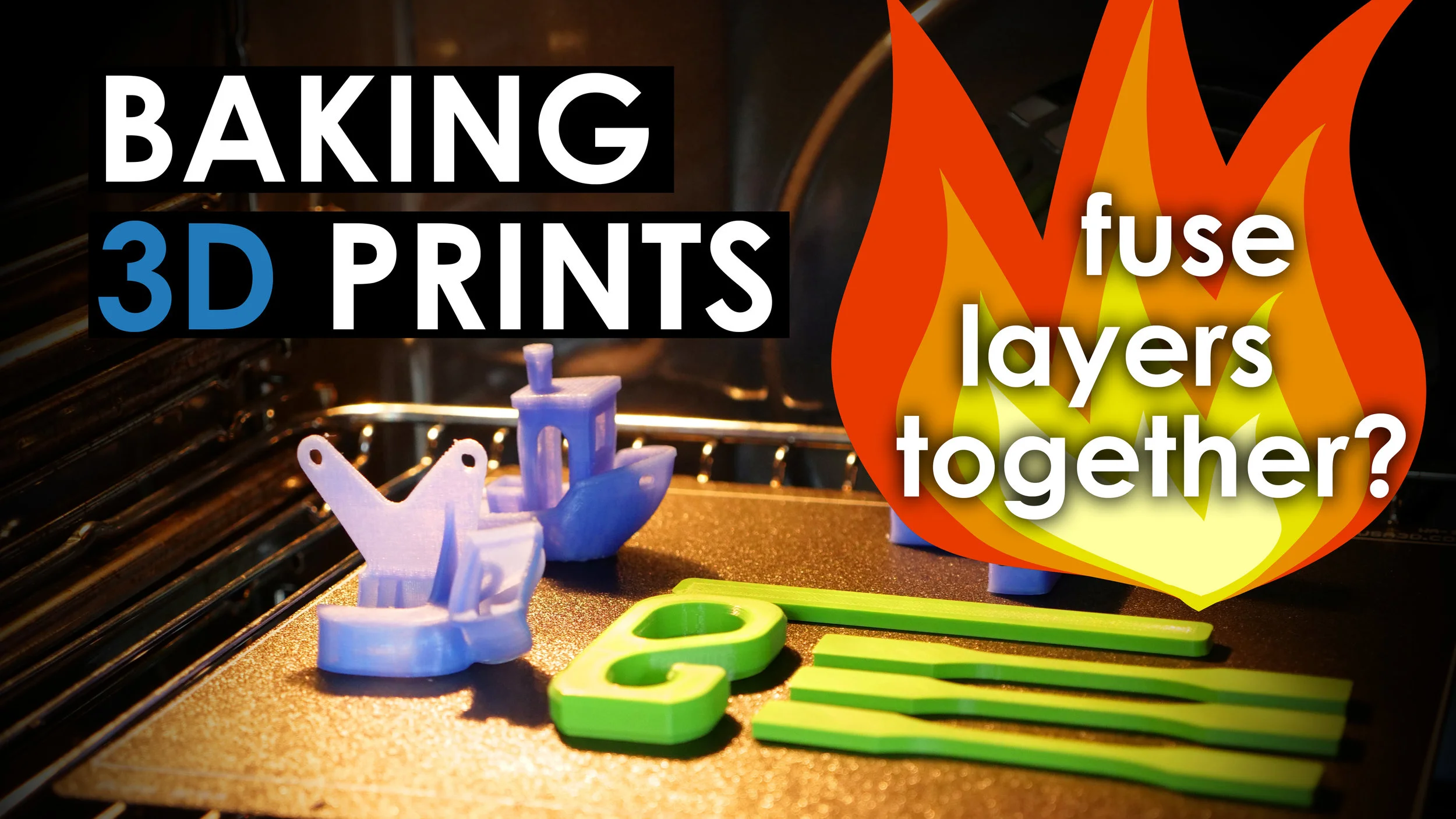Most of you probably set the layer height to adjust the amount of detail of your 3D prints and how smooth the surface finish shall be at the end. Thinner layers give you less of a stairstep effect but will increase the print time. Actually, the printing time is inverse proportional to the layer height, so using layers half the thickness will more or less double the print time. Since most of my prints at least, don’t always have to be horribly pretty, I’ve been asking myself for years if it’s better for the strength of my parts to print with thinner or thicker layers. If I’m talking about strength at this point, I actually mean layer adhesion, so how good the individual layers of material bond together. But I also analyzed the strength of samples that were printed laying down to find out if we also have an effect there. If you do some research online there are contradictory results you can find. Some claim higher strength with thinner, some with thicker layers. Thinner layers could be stronger because the molten material is squished out more from the nozzle and due to the low distance between nozzle the previous layer warms the material and helps with bonding. Also, since you extrude less plastic in a given amount of time the material stays in the meltzone for longer and therefore properly and evenly warms up and melts. Also, the density of parts with thinner layers could be higher due to smaller gaps between lines of already printed material. There is also a very interesting article on flow math, so the ways the amount of material extruded is calculated, on the Slic3r wiki, to which I leave a link in the description.
Read MoreIn the past I never really worried much about nozzle wear because I rarely printed abrasive materials and when I did, I switched my nozzle for a hardened steel one. One day I noticed after I inspected my changed nozzle a bit more closely that it showed severe marks of wear even though the only thing I printed before was just standard materials but probably for more than 1000 hours. At this point I asked myself where this abrasion is coming from and what influence it has on the print quality of my parts.
Read MoreI guess everybody who’s owning a 3D printer for a while has heard about annealing prints to make them stronger and more heat resistant. The idea is pretty simple: You heat up your oven to a certain temperature, toss your parts in and after 30 to 60 minutes, you switch it off and let everything cool down slowly. There are plenty of videos about it here on YouTube and I also already made a couple and showed how that process can improve the heat resistance of PLA from 60 to even 180°C or increase stiffness. Though besides Tom’s video where he investigated the strength of annealed PLA in his Filaween series, there isn’t a lot of information about the change in strength around. This is why I finally thought it’s time to perform an investigation which is at least a bit scientific, in order to find out if rumors like if we can really fuse layers together and similar things really hold true. This will be a video series and, in this first video, we’ll take a look at the most common material, PLA. In the future I also want to find out if we can improve the mechanical properties of materials like PETG, ABS, Nylon or Polycarbonate.
Read More


